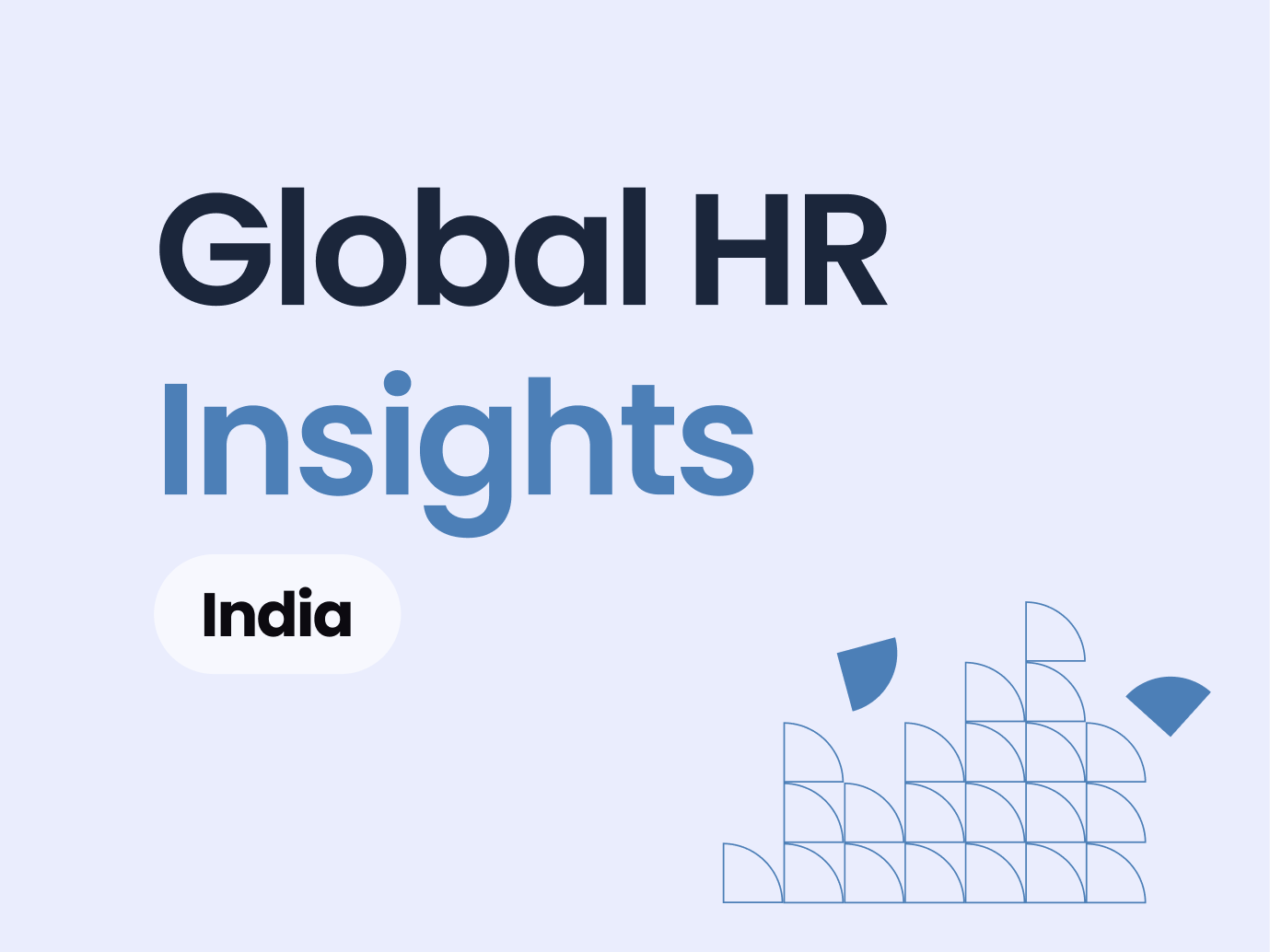Summary. Global HR compliance is essential for companies operating across multiple countries, as it ensures adherence to varied labor laws, regulations, and cultural norms while protecting both the business and its employees. Managing a global workforce involves overseeing issues such as minimum wage, overtime, leave entitlements, health and safety standards, anti-discrimination laws, and employee benefits. Effective global HR compliance helps organizations avoid legal penalties, maintain a strong employer brand, boost employee morale, and streamline international operations. Key responsibilities include tracking compliance obligations, dividing duties within HR teams, staying updated on legal changes, auditing policies, maintaining accurate records, training managers and employees, and leveraging HR technology for efficiency. By prioritizing global HR compliance, companies can create a fair, safe, and inclusive workplace, reduce operational risks, and foster sustainable growth, all while building a positive reputation as a responsible international employer.
Big companies have big opportunities but also, big challenges. At a global scale, your organization is able to tap into different markets, recruit from diverse talent pools, and ultimately reach more people. To do so, it needs to juggle a complex set of global HR compliance responsibilities, and it is often easier said than done.
Global HR compliance is absolutely essential for maintaining a company that abides by shifting and varied regulations that cover everything from fringe benefits and time off to work hours and minimum wage. Having dedicated oversight that routinely checks in on your global workforce is a major part of HR compliance success.
In this article, we’re going to walk you through everything you need to know about global HR compliance responsibilities, including pitfalls to avoid, best practices, and why a robust framework is worth your time.
What is global HR compliance?
A company with a global reach is a good thing to have, and expanding into new markets is an exciting opportunity for growth. But with that excitement comes a whole new layer of complexity—global HR compliance.
Human Resource compliance is the rulebook for managing your international workforce. It involves understanding and adhering to the employment laws, regulations, and cultural norms in each country where you operate. It’s more than ticking boxes on a checklist— global HR compliance is about creating a fair, safe, and inclusive workplace for your employees across the globe.
In a nutshell, here’s why it matters:
- Protecting your business: Non-compliance can lead to hefty fines, lawsuits, and damage to your company's reputation.
- Protecting your employees: Ensuring your employees are treated fairly and in accordance with local laws is not only ethical but also essential for attracting and retaining top talent.
- Streamlining operations: A well-defined global HR compliance strategy can help you standardize processes, reduce risk, and create a more efficient global workforce.
- Building a positive employer brand: Demonstrating your commitment to compliance shows potential employees that you value their well-being and are a responsible global employer.
What are some common HR compliance issues?

Even with the best intentions, navigating global Human Resource compliance can be tricky. Here are some common areas your organization is going to want to look out for:
Discrimination
Understanding local laws: Each country has its own anti-discrimination laws, covering protected characteristics like race, gender, age, religion, and disability. It's essential to understand these nuances to ensure fair treatment of all employees.
Equal pay for equal work: Compensating employees fairly based on their skills and experience, regardless of their background, is crucial for compliance and employee morale.
Read next: The Pay Parity Guide for HR
Wage & work hours
Minimum wage compliance: Ensure you're paying your employees at or above the minimum wage set by the local laws. This varies significantly from country to country, so make sure you’re up to date on the latest regulations.
Overtime regulations: Different countries have different rules about overtime pay, maximum working hours, and mandatory rest breaks. Make sure your organization’s practices align with local regulations.
Leave management
Paid time off (PTO): Understand the legal requirements for paid leave in each country, including annual leave, sick leave, maternity/paternity leave, and public holidays.
Leave documentation: Keep accurate records of employee leave requests and usage to ensure compliance and avoid disputes.
Read next: HR’s Guide to Employee Leave Management
Work safety
Health and safety standards: Every country has regulations to protect workers' health and safety. Make sure your workplaces meet these standards and that employees are trained on safety procedures.
Reporting and documentation: Properly document workplace incidents and injuries to comply with reporting requirements and protect your company from liability.
Relevant reading: Singapore’s Workplace Safety and Health Act Guide
Employee benefits administration
Mandatory benefits: Some countries have mandatory employee benefits, such as health insurance or pension contributions. Make sure you're providing these benefits in accordance with local laws.
Voluntary benefits: Even voluntary benefits can have compliance implications. Check that your benefits plans comply with tax laws and other regulations.
These are just a few examples of common HR compliance issues, but you can see the value in thoroughly understanding the regulations of each country your organization operates in. By being aware of these potential pitfalls and proactively addressing them, you can protect your business, your employees, and your reputation.
Get my free global payroll management manual
Why is global HR compliance important?

A robust compliance strategy can be a major asset to your organization, adding to its success in many different ways. These include:
Avoid legal and financial risks
- Lawsuits and penalties: Non-compliance can result in costly lawsuits, hefty fines, and other legal actions. These financial burdens can significantly impact your bottom line.
- Business disruption: Legal battles and investigations can divert valuable time and resources away from your core business operations, causing delays and disruptions.
- Reputational damage: Negative publicity surrounding legal issues can tarnish your organization’s image, making it harder to attract and retain talent.
Boost employee morale
- Fair and equitable treatment: When employees know their rights are protected and they're being treated fairly, it creates a positive work environment and boosts morale.
- Increased engagement: Employees who feel valued and supported are more likely to be engaged in their work, leading to increased productivity and innovation.
- Attracting top talent: A reputation for strong Human Resource compliance can make your company a more attractive employer, helping you recruit the best candidates.
Maintain positive brand reputation
- Consumer trust: Customers are increasingly conscious of ethical business practices. Demonstrating your organization's commitment to fair labor practices and compliance will strengthen your brand image and build trust with consumers.
- Investor confidence: Investors are more likely to support companies with a strong track record of compliance, as it reduces risk and demonstrates responsible business practices.
- Competitive advantage: A positive brand reputation can set you apart from your competitors, making it easier to attract customers, partners, and investors.
Ensure smooth global operations
- Standardized processes: A centralized global HR compliance strategy can help you standardize HR processes across all your locations, making it easier to manage your workforce and ensure consistency.
- Reduced complexity: By understanding and proactively addressing compliance requirements, you can simplify global HR operations and avoid costly mistakes.
- Efficient expansion: When you're confident in your compliance practices, expanding into new markets becomes less risky and more streamlined.
Sticking to your HR compliance responsibilities helps build a strong foundation for your organization’s long-term success. By prioritizing compliance, you can create a more positive workplace, enhance your reputation, and ensure smooth global operations.
What are an employer’s HR compliance responsibilities?
As an employer, ensuring HR compliance isn't just a legal necessity; it's a core part of building a successful and ethical business. Here's what you need to keep on your radar:
1. Keep track of the compliance obligations
Familiarize yourself with all applicable labor laws, regulations, and industry standards. This includes everything from minimum wage and overtime rules to anti-discrimination laws and data protection regulations.
Laws and regulations change over time, so it's important to stay up-to-date with the latest developments. Subscribe to newsletters, attend industry events, and consult with legal experts to ensure you're always in the know.
2. Divide compliance responsibilities within HR departments
Clearly define who is responsible for each aspect of Human Resource compliance. This could include specific individuals or teams dedicated to areas like payroll processes, benefits administration, or employee relations.
Also, consider establishing a dedicated compliance team to oversee and manage all aspects of HR compliance. This team can develop policies, conduct audits, and provide training to ensure everyone is on the same page.
3. Stay up-to-date with relevant legal changes
Actively monitor changes in labor laws, regulations, and court rulings that could impact your HR practices. Regularly review your global HR compliance policies and procedures to ensure they are aligned with the latest legal requirements. Communicate any changes to your employees to maintain transparency and avoid misunderstandings.
4. Audit your HR policies
Conduct periodic audits of your global HR compliance policies and practices to identify any areas of non-compliance. This can be done internally or with the help of external auditors.
If you discover any issues during an audit, take immediate corrective action to address them. This could involve updating policies, retraining employees, or revising procedures.
5. Maintain accurate records
Keep detailed records of employee information, payroll data, leave requests, performance reviews, and any other relevant HR documentation. This will help you demonstrate compliance in case of any disputes or audits.
Make sure your HR records are stored securely, both physically and electronically, to protect sensitive employee data.
Read next: Employee Data Management: How HRIS Can Help Achieve Accuracy and Security
6. Educate managers and employees
Provide regular training to your managers and employees on HR policies, procedures, and legal requirements. This will help create a company culture of compliance and reduce the risk of unintentional violations.
Encourage open communication and dialogue between managers and employees about HR issues. This can help identify potential problems early on and prevent them from escalating into bigger issues.
7. Utilize HR technology
Leverage HR technology, such as HRIS systems and compliance software, to automate tasks, streamline processes, and improve record-keeping. These tools can help you stay organized and efficient while reducing the risk of human error.
By following these steps, you can create a comprehensive global HR compliance program that protects your business, your employees, and your reputation. Remember, compliance is an ongoing effort, so be sure to regularly review and update your policies and practices to stay ahead of the curve.
Building a Sustainable Global Workforce with Omni
While global HR compliance is crucial for avoiding legal issues, it is even more fulfilling to prioritize compliance for the well-being of your employees. Make it your goal to enhance their working conditions, leading to increased job satisfaction and employee engagement.
Adding purpose into tasks that may seem mundane or bureaucratic motivates you to strive for excellence, achieving better HR compliance in the process. Although this may look like additional effort, a reliable HR software solution takes on the bulk of the workload, allowing you to focus on advancing your mission.
With Omni, you gain access to data-driven insights that empower informed decision-making, as well as seamless integrations that effortlessly connect with your existing employee favored systems, making your entire engagement process more efficient and modern.
Omni scales alongside your team so you can customize and leverage the system to meet your business exactly where you are—as well as where you’re going.
With a full suite of modules to support every aspect of your business, Omni’s platform offers an intuitive and fully customizable platform that integrates with your team’s favorite tools for a seamless and timely adoption.
If you’d like to learn more about how Omni’s all-in-one HR software automates the entire end-to-end employee lifecycle, saving People leaders from administrative tasks and increasing organizational innovation, schedule your product tour today!
Full HR & Payroll coverage for Philippines, Singapore, Malaysia, Hong Kong, and Indonesia. Each market has local support teams and built-in compliance features.
Starting at $3/employee/month for core features. Volume-based discounts are available for growing teams. Book a demo for custom pricing.
Enterprise-grade security with ISO 27001, GDPR certifications, and local data residency options.
4 weeks average. Includes free data migration, setup, and team training. No hidden fees.
Built specifically for Asia with local payroll processing, same-day support in Asia time zones, and 40% lower cost than global alternatives.




.png)



